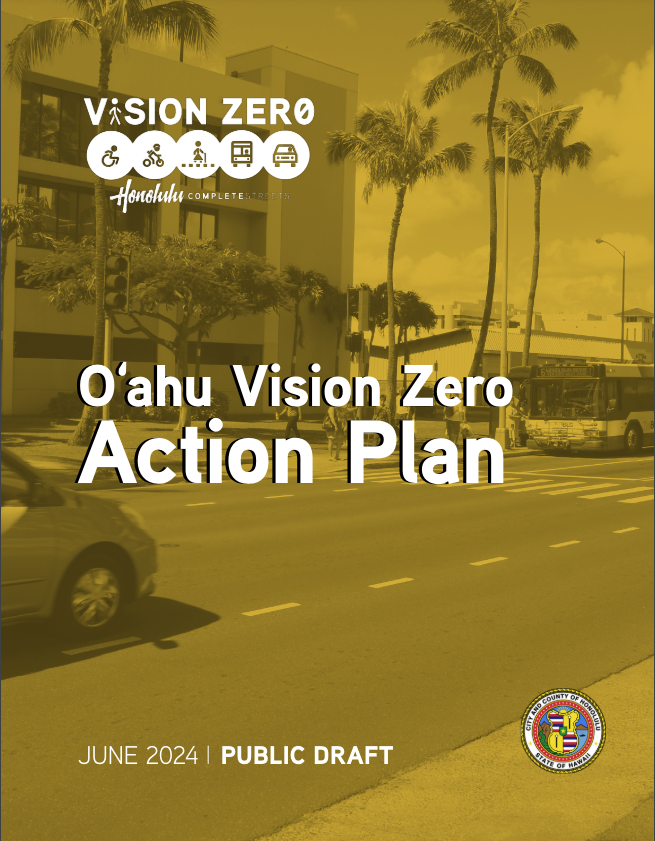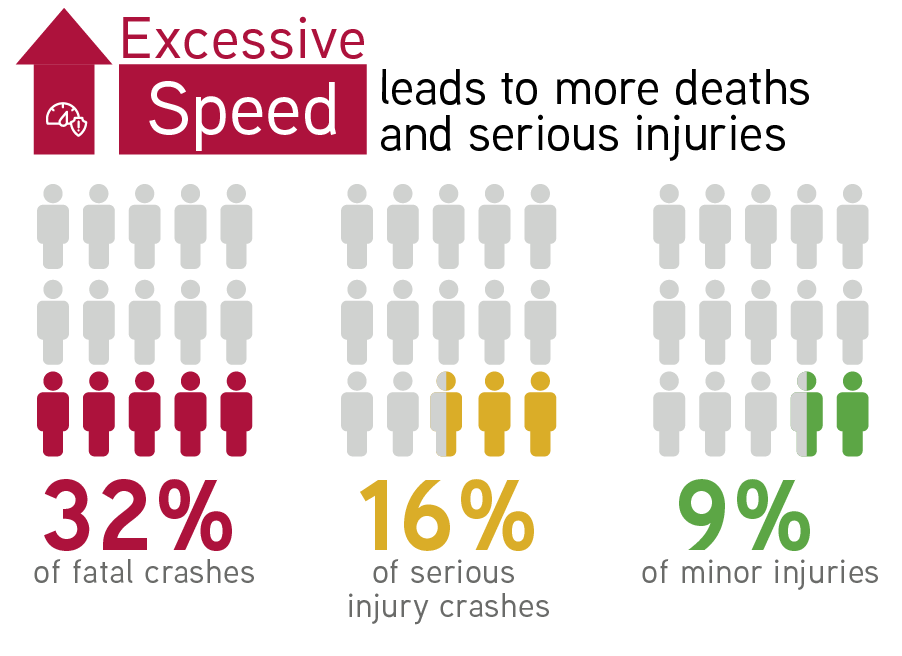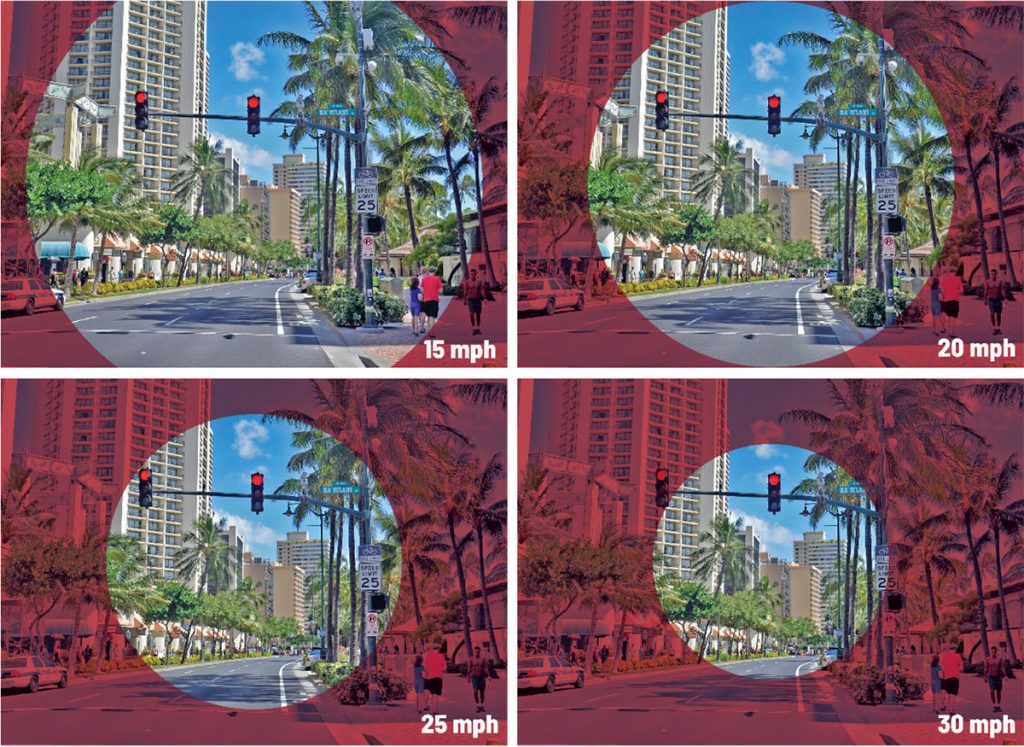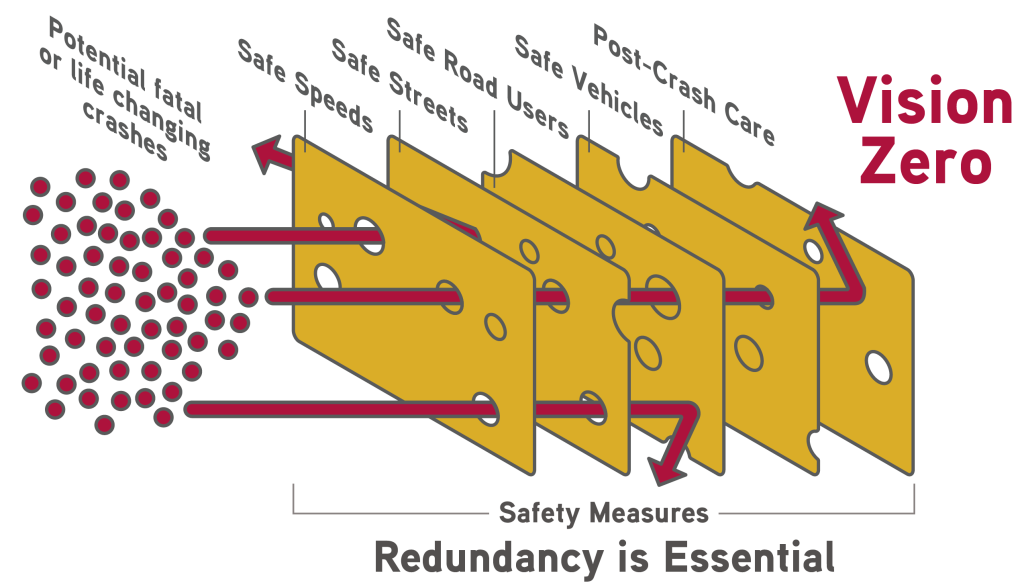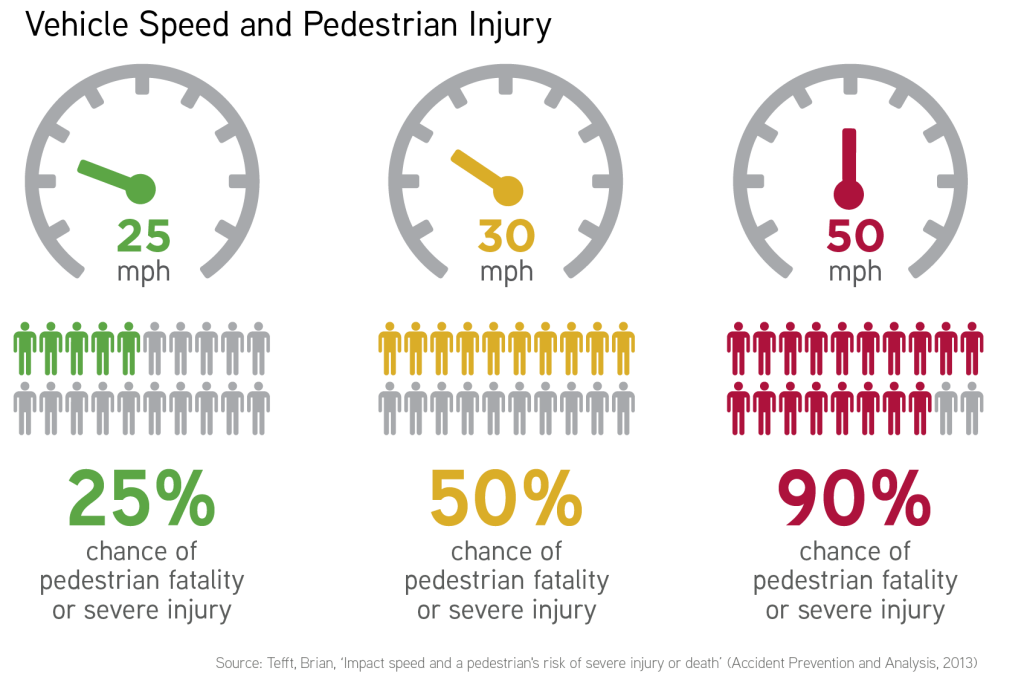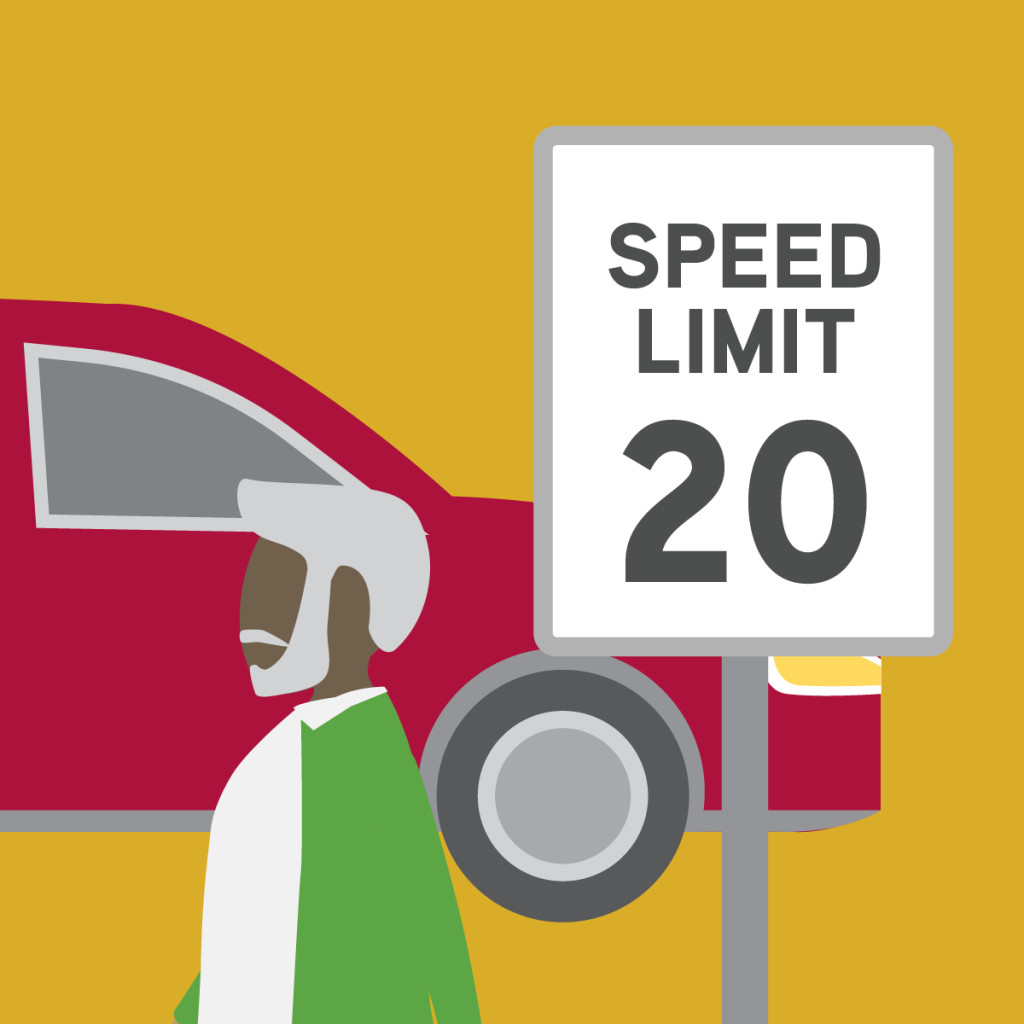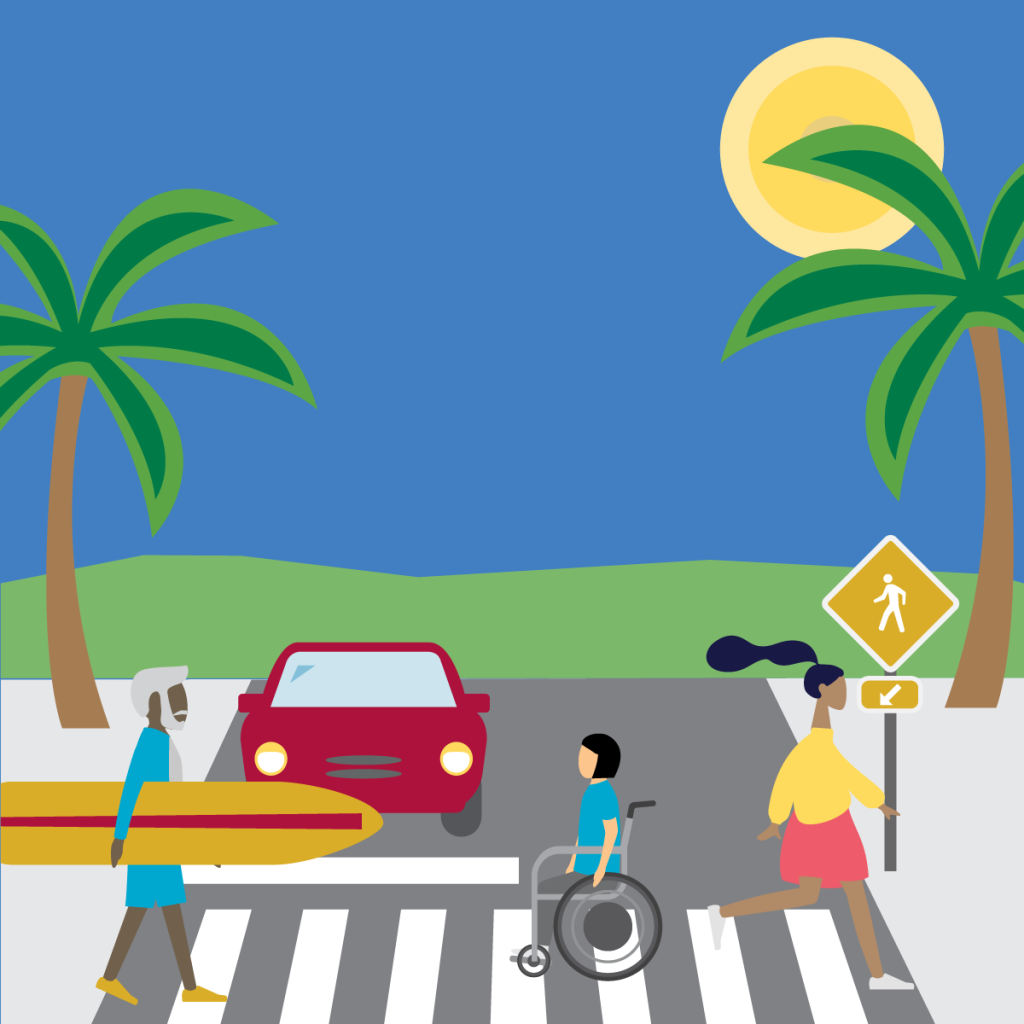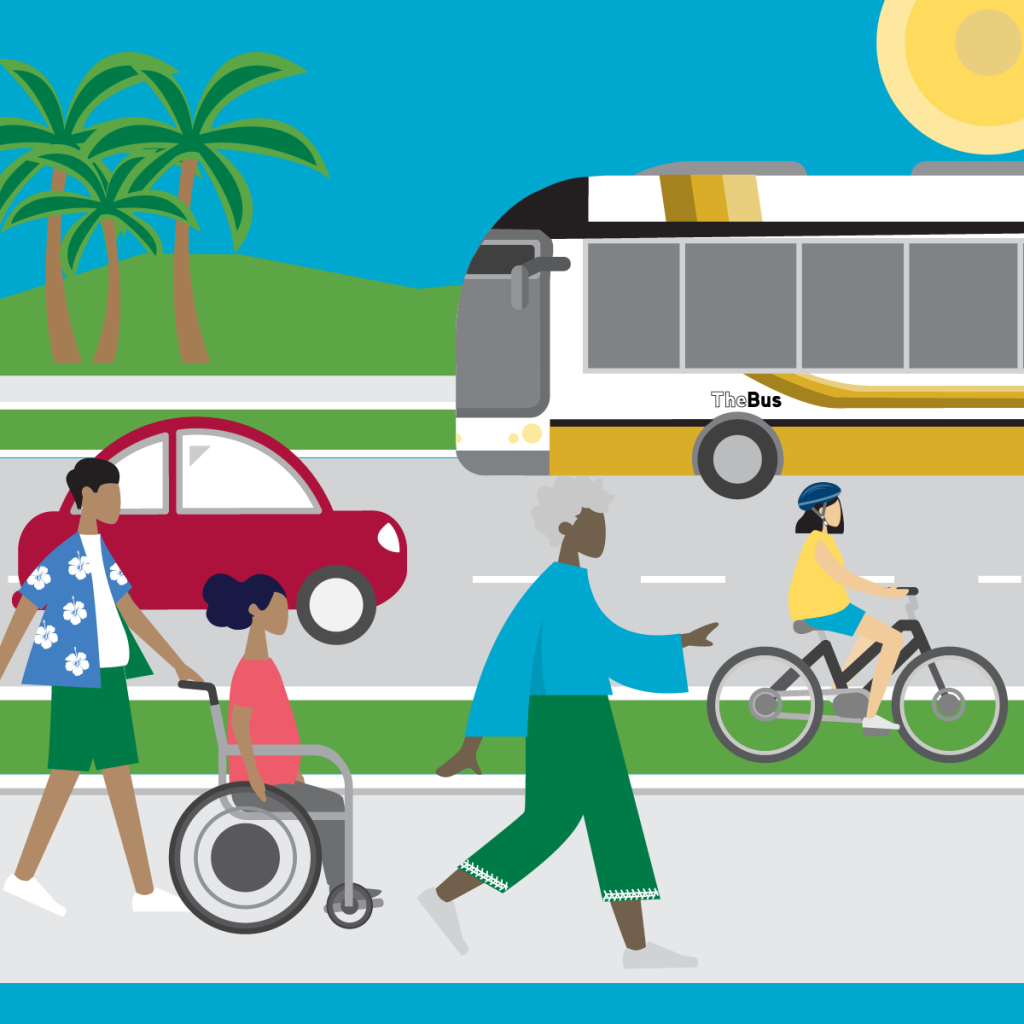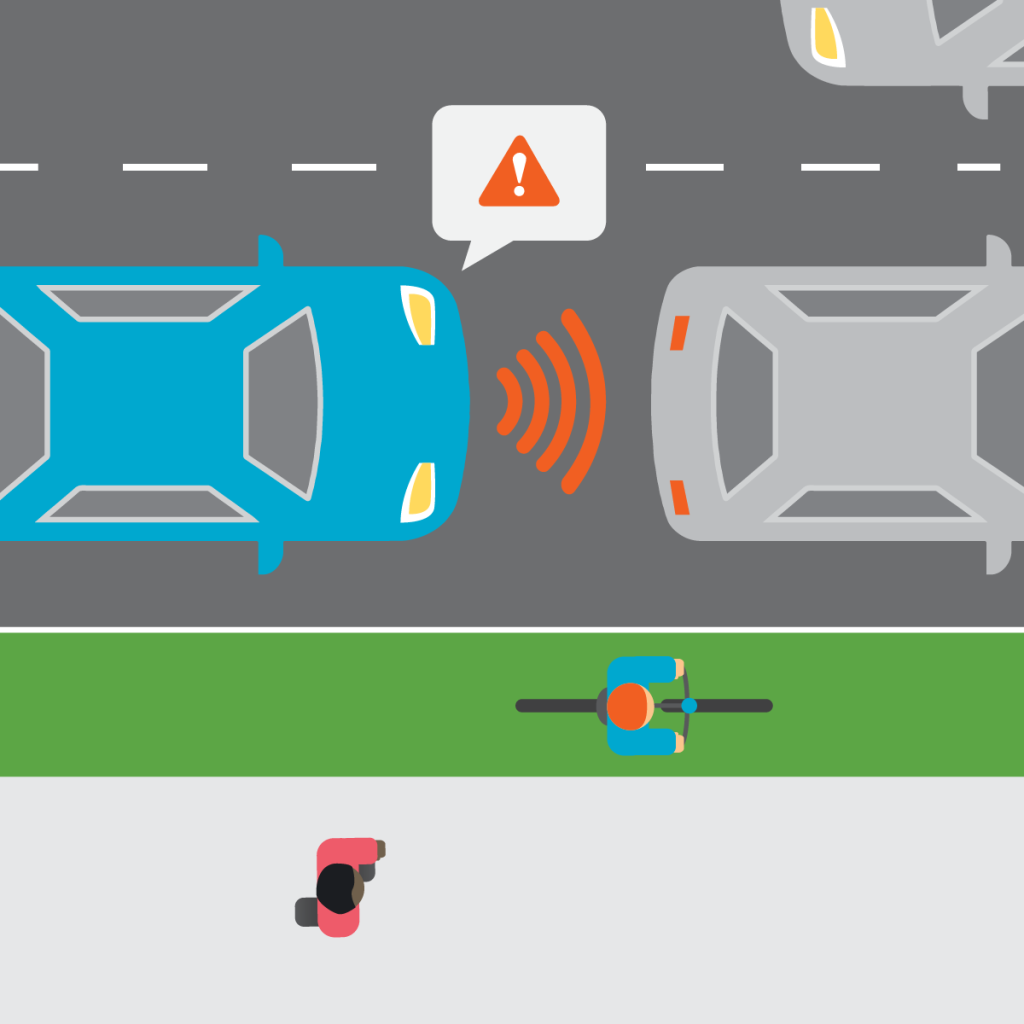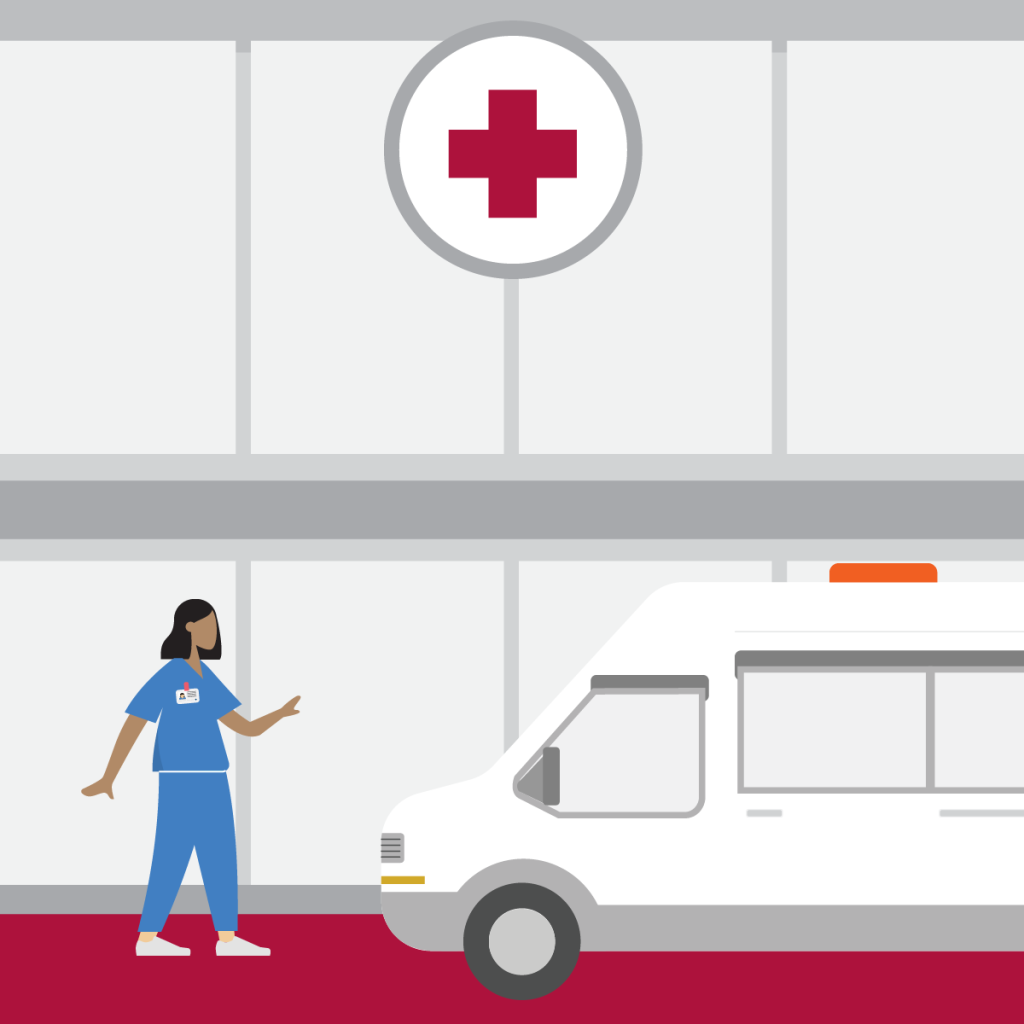Vision Zero
Oʻahu Vision Zero Action Plan
The City and County of Honolulu is committed to ending traffic violence on Oʻahu. Vision Zero is a multi-faceted strategy to eliminate all fatalities and severe injuries on our roadways while increasing safe, healthy, and equitable transportation choices for all. Community engagement is the foundation of the Vision Zero Action Plan, its implementation, and long-term success. Co-creation with communities on Oʻahu, especially those disproportionately impacted by crashes is essential for identifying solutions to improve safety and eliminating traffic deaths on our streets.
Oʻahu’s Vision Zero Action Plan was funded in part through grants from the Federal Highway Administration in cooperation with the Oʻahu Metropolitan Planning Organization.
ANNOUNCEMENTS
Draft Oʻahu Vision Zero Action Plan Public Review
The City and County of Honolulu is proud to release the Draft Oʻahu Vision Zero Action Plan for public review. Please click HERE to read the draft plan and send in your comments by June 26, 2024 to completestreets@honolulu.gov.
The City and County of Honolulu is committed to ending traffic deaths on our streets. The O‘ahu Vision Zero Action Plan is a roadmap for eliminating traffic-related deaths and serious injuries on Oʻahu.
The Plan includes:
- Existing Conditions – an overview of relevant previous planning efforts, past and ongoing safety programs, and recent crash patterns including High-Injury Locations.
- Safe Streets Kuleana to Community – describes the community engagement process that supported development of the Plan.
- Acting in Accordance with Our Vision – outlines 17 goals and 80 actions to get to zero traffic deaths and serious injuries on Oʻahu using five interrelated “Safe System” elements: Safe Speeds, Safe Streets, Safe People, Post-Crash Care, and Safe Vehicles.
- Our Work Has Started – highlights important Vision Zero, Complete Streets, and transportation safety projects already underway.
- Our Commitment – the City’s commitment to achieving zero deaths and serious injuries, including partnerships, updated policies, and immediate changes in the way we do our work. Also provides an organizational framework and prioritized project list for implementing Vision Zero actions and staying on track to reaching our goal.
On June 12, 2024 the City and County of Honolulu Complete Streets Office held a public meeting to gather community input on the Draft Oʻahu Vision Zero Action Plan.
Please view the recorded presentation of this meeting and links for slides and poll results.
To learn more, and stay up-to-date, please join our Complete Streets Newsletter HERE.
Vision Zero Action Plan Process
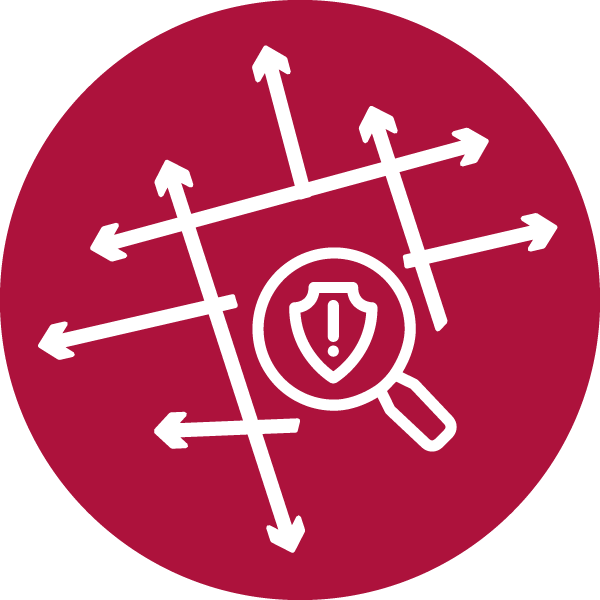
Understand common crash patterns on Oʻahu, especially those with serious injury or fatal outcomes, including crashes involving people walking or bicycling

Recommend design improvements for high-injury streets and intersections

Prioritize safety investments at high-injury streets and intersections

Launch a community-wide pledge that acknowledges our shared kuleana of safety, health, and equitable transportation

Recommend changes to policies and traffic laws to align with and support Vision Zero goals and outcomes

Test and evaluate new roadway safety treatments for use at locations throughout Oʻahu

Present safety statistics and a publicly accessible dashboard for tracking Vision Zero actions
Why We Need A Vision Zero Action Plan
Between 2015-2020, 320 people were killed in traffic crashes on Oʻahu. Every death changes the lives of their loved ones and other people involved in the crash forever.
Since 2015, the number of crashes with fatal or serious injury outcomes has not decreased. Even though the number of major crashes has decreased over time, the number of people being killed or seriously injured on Honolulu’s streets has remained relatively constant since 2015. The chart below depicts the total number of fatal and serious crashes 2015-2020.
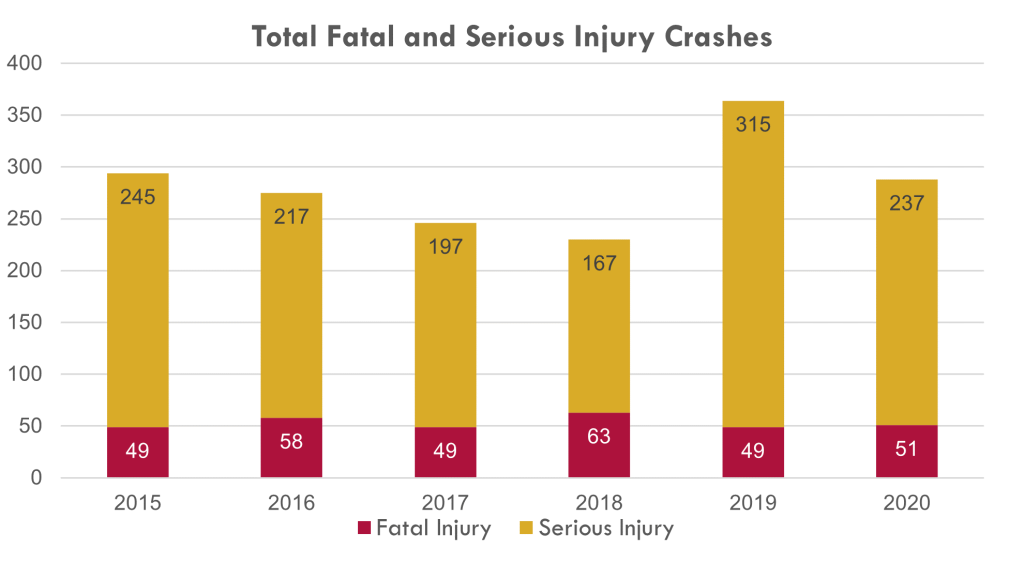
Most Crashes involvemotor vehicles only, but people walking, rolling with a mobility device such as a wheelchair, or biking are much more likely to be injured or killed in crashes. People walking are 6% of commuters, but are involved in 15% of all injury crashes and make up 36% of fatalities on Oʻahu.
In 2019, Kūpuna made up only 17% of the population on Oʻahu. However, 41% of people killed in crashes while walking and 24% of people killed while bicycling from 2015-2020 were 65 years or older.
The chance of a fatal or serious outcome is more than doubled if excessive speed is involved in a crash, regardless of whether people are walking, biking, on a motorcycle, or driving a vehicle. In crashes on Oʻahu between 2015-2020, speed is cited as a factor in over 32% of fatal crashes and 16% of serious injury crashes, a much greater proportion than for crashes resulting in a less serious injury.
Safe System Principles
The City & County of Honolulu’s Vision Zero planning efforts move away from the conventional approach of focusing on individual behavior preceding crashes, towards a Safe System approach that looks at transportation decisions as a whole. The Safe System approach acknowledges that people make mistakes, and it is our shared responsibility to make policies, plans, projects, and programs that prevent those mistakes from having fatal or serious injury outcomes.
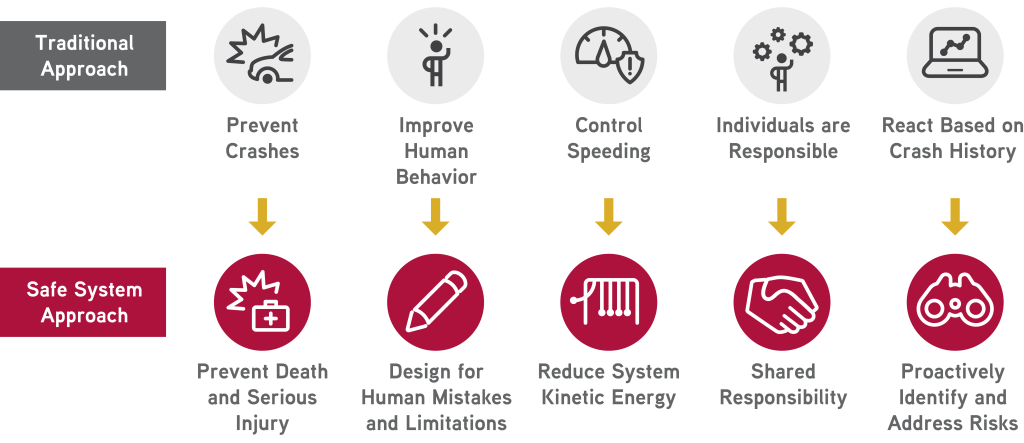
Vision Zero is a multi-faceted street safety approach
In a safe transportation and public health system, crashes only have fatal or serious outcomes if all the safety measures in place fail to protect the people involved.
The loss of life and injury on our streets is not inevitable, it is preventable.
Vision Zero creates a safety net that prevents mistakes on Oʻahu’s streets from having serious or fatal outcomes. Eliminating future deaths requires our community to show its kuleana for the elements within a Safe System. This will require multi-disciplinary partnerships across the many agencies and stakeholders that play a part in transportation system design, operation, and use. It also includes evaluating our emergency response and criminal justice procedures. Finally, it asks people using our streets to make safer choices.
There is a direct connection between safe speeds and our ability to survive a crash. Slower speeds reduce crash impact forces, provide additional time for drivers to stop, and improve the ability to see what’s around us. We must be creative and equitable in slowing our streets down through strategies including speed limit designations, roadway design practices, education, advocacy at the state level, and by aligning enforcement strategies and the justice system to focus on behaviors most likely to result in serious injury or death.
Safe streets are designed and operated to prevent crashes and to keep impacts on the human body at tolerable levels when crashes do occur. Crashes can be avoided by separating people traveling at different speeds and in opposing directions with space or time. Examples of spatial separation include sidewalks, bike lanes, or turn pockets. Time separation may be used when people need to operate in the same space. Examples include separate phasing for protected turns and pedestrian head start phases (also called leading pedestrian intervals) at traffic signals.
Safe systems consider the safety of all people using our streets, including people who walk, bike, take transit, drive, or use other modes. All road users are considered equal regardless of how they choose to travel. Instead of prioritizing the flow of vehicles, the safety of all users is the primary consideration. Vision Zero requires people to take responsibility for the fact that their decisions can influence the safety of the people with whom they are sharing the street. Each road user has a responsibility to operate, to the best of their ability, within the boundaries set. All roadway users should follow rules, act within the limits of the road design, and not be distracted or impaired. Education and enforcement can help to modulate user behavior.
An example of safe walking is starting to cross the street at a signalized intersection during the “walk” phase. An example of safe biking is riding with the direction of traffic. An example of safe driving is following signs and speed limits.
Safety measures built into vehicles can protect people both inside and outside of a vehicle. They can prevent crashes from happening and reduce the impact of a crash on occupants. Active safety measures to prevent crashes include autonomous emergency braking and lane change alerts. Seatbelts and airbags are more passive measures that support occupants when crashes do happen. While vehicle manufacturers are a key stakeholder in vehicle safety, individuals and organizations can also prioritize purchase and use of vehicles that offer safety features.
When a person is injured in a crash, they rely on first responders to quickly locate them, stabilize their injury, and transport them to medical facilities. Other actions at the scene are needed to secure safety for others and to prevent additional crashes. A quick response and investigation by police and road managers is essential to document the factors in the crash, which creates a better understanding of the holistic safety landscape at the scene and can inform the response by justice, design, program, and policy experts.
Community Meetings
The first Vision Zero Action Plan Public Workshop occurred on Monday, December 12, 2022. To learn more about the Vision Zero effort, please view the recorded meeting and presentation slides below.
Community Feedback
Community Engagement
Community engagement is the foundation of the Vision Zero Action Plan, its implementation, and long-term success. Co-creation with communities on O’ahu, especially those disproportionately impacted by crashes is essential for identifying solutions to improve safety and eliminating traffic deaths on our streets. Community input is critical to the process of identifying solutions that balance the need of the neighborhood’s diverse users and match community character.
- How do you move around the area?
- What streetscape features make your neighborhood unique?
- What obstacles do you encounter while traveling through the area?
- How could better transportation options improve your everyday life?

